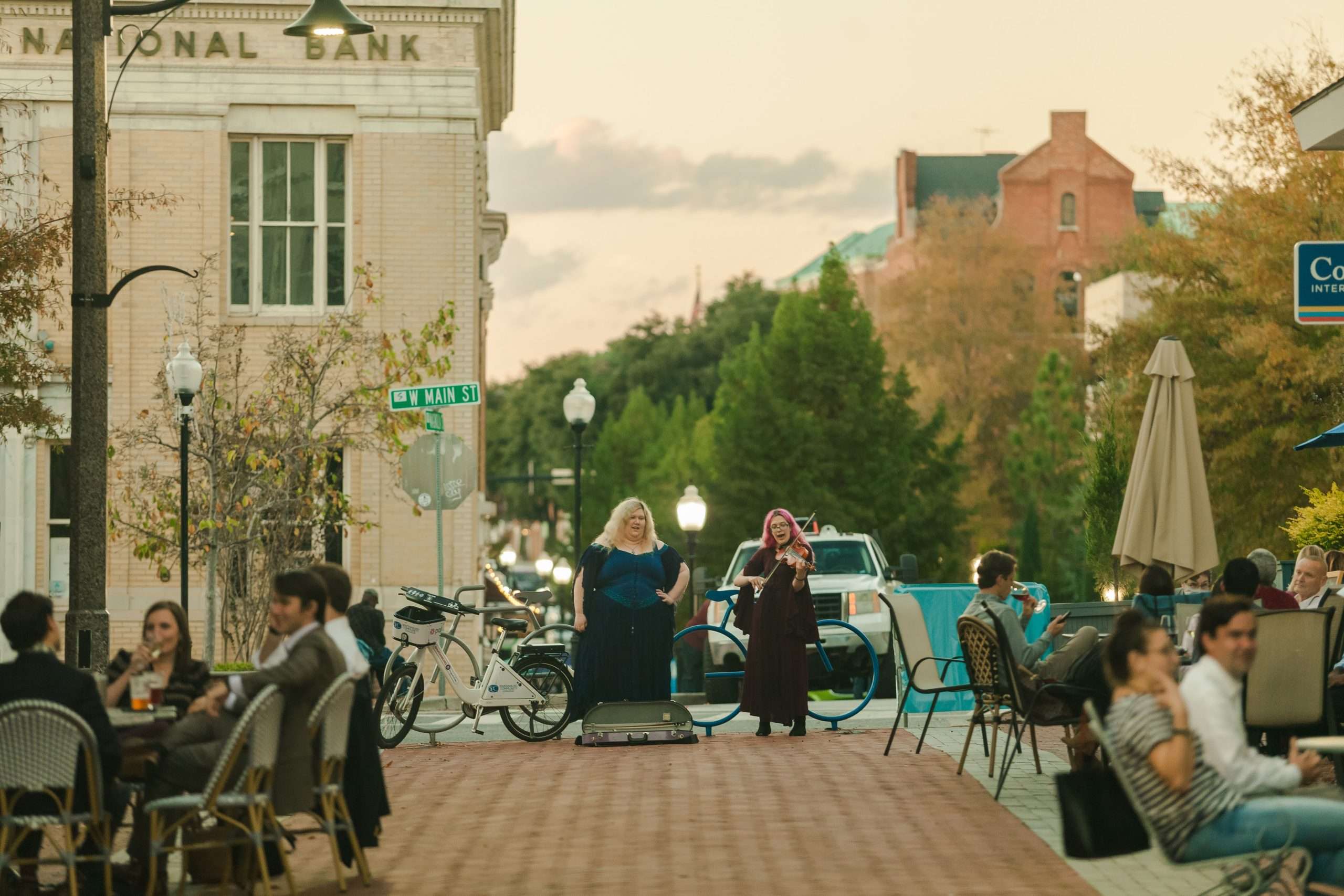By Allen Smith
President & CEO, OneSpartanburg, Inc.
Spartanburg has a lot to celebrate.

In 2021, Spartanburg County was ranked the #1 Small Metro in the U.S. for Economic Growth, and the #4 Metro overall, by Stessa, a tool specializing in property information for real estate investors and developers. The county’s prowess was clear in the rankings, as Spartanburg ranked behind only three Midsize Metros — Huntsville, Ala., Sarasota, Fl., and Port St. Lucie, Fl. — and ahead of every Large Metro included in the analysis.

2022 further cemented Spartanburg’s success, as the County soared past the $2-billion mark in new economic investment, including a historic $1.7 billion investment from BMW Group.
The German automaker with a 30-year presence in Spartanburg County will spend $1 billion on upgrades and infrastructure at BMW Plant Spartanburg, its largest by-volume in the world, in preparation of manufacturing six fully-electric vehicles. In addition, a $700-million electric-vehicle battery-assembly plant will be built in Woodruff, in the southern part of Spartanburg County.
Proving Spartanburg as a hub for the future of mobility, the announcement comes on the heels of a $2.98-billion order from the United States Postal Service for Next Generation Delivery Vehicles, to be made in Spartanburg by newcomer Oshkosh Defense.

Despite its undeniable success in advanced manufacturing, Spartanburg claims it is just getting started.
The OneSpartanburg Vision Plan, a five-year countywide community and economic development strategy launched in 2017, set Spartanburg’s sights on a more diversified economy. OneSpartanburg, Inc., the Carolinas only consolidated business, economic, and tourism development entity, created the plan with reams of data and community input. Now under the OneSpartanburg Vision Plan 2.0, the collaborative continues to drive recommendations in talent, economy, and place.
Recognizing the impact of quality of place on a community’s ability to attract corporate jobs and talented people, Spartanburg is making significant investments.

The Daniel Morgan Trail System, known as The Dan, will soon unite more than 50 miles of trails across Spartanburg County, with intentional connections to living hubs, blueways, and a recently completed connection through Downtown Spartanburg.
Leading trail development nonprofit PAL: Play, Advocate, Live Well, is working to purchase and convert a portion of the Saluda Grade. When complete, the 31-mile Saluda Grade Rail Trail connecting western North Carolina to Spartanburg County on the steepest grade rail trail in the U.S. is sure to attract investment and people from across the country.

Another amenity catching attention is Main Street-Morgan Square, Downtown Spartanburg’s central gathering space which begun its transition to a pedestrianized area during the COVID-19 pandemic. Developers have raved over the concept of a European-style square with space for outdoor dining and strategic programming. Investors, companies and residents alike have found Downtown Spartanburg increasingly attractive.
This year alone, Downtown Spartanburg announced more than $86-million of mixed-use investment on Main Street, two new Class-A office buildings, and the attraction of three high growth headquarters.

Plans for a planetarium downtown are even in the works. The science-and education-fueled facility would be built next door to the Spartanburg County Headquarters Library, creating an enlarged space for educational programming for local families.
Work outlined by the OneSpartanburg Vision Plan 2.0 will have significant impact on two key areas fueling Spartanburg County’s future: tourism development and talent attraction and retention.
Some of that work has already begun.

Fueled by data included processes used to create the Vision Plan 2.0, OneSpartanburg, Inc. created two new positions that will lead crucial countywide strategies impacting the county’s population, workforce, and economy.
Leading talent-related recommendations will be Chief Talent Officer Jeremy Vince. Vince will work closely with community partners and employers to address various talent attraction, development, and retention needs with an eye toward data. In addition, he is leading a countywide Talent Gap Analysis to determine current and future needs.
Data also showed that small and minority business ownership lagged across Spartanburg County, so the Vision Plan 2.0 will lead to a strategy in partnership with the City of Spartanburg, Spartanburg County, and other business and workforce entities countywide.
Jay Jenkins, who has extensive experience working with small-and minority-owned businesses across the region, will serve as Director of Small and Minority Business Development to ensure small-and minority-owned businesses are part of the overall economic success story of Spartanburg County.

Spartanburg continues leading South Carolina in investment total and job creation, earning national and international acclaim for its business, economic, and tourism development success.
Ensuring as many people benefit from this success is an important goal of not only the Vision Plan 2.0, but a host of collaborative-minded organizations across Spartanburg County.

As those key partners continue their diligent work to improve Spartanburg into the future, new investments from around the globe will continue to choose the county for many of the reasons outlined here. And our success would not be possible without the continued investment, resources, and influence of public and private sector partners.
After an incredible 2021 and a momentous 2022, 2023 promises big things for Spartanburg.
